Top Tips for Optimal Post-Exercise Recovery
Top Tips for Optimal Post-Exercise Recovery
Picture this: you've just finished an intense workout, your muscles are buzzing with that satisfying post-exercise fatigue, and you're feeling on top of the world. But fast forward a few hours and suddenly, you're hobbling around, wincing with every step. That familiar muscle soreness has set in, and it's threatening to derail your workout routine for the next few days. Sound familiar?
Post-exercise muscle soreness is something we've all experienced, and while it's a sign that you've challenged your muscles, it can also be a major roadblock to maintaining a consistent fitness routine. The good news? Effective recovery strategies can help manage this soreness and get you back to your workouts faster and stronger.
In this blog post, we'll dive into the "Top Tips for Optimal Post-Exercise Recovery" that are not only backed by science but also practical and easy to implement. From proper nutrition and adequate sleep to active recovery techniques and innovative therapies, these tips will equip you with everything you need to soothe those achy muscles and enhance your recovery process. Whether you're a seasoned athlete or just starting your fitness journey, these recovery hacks are your ticket to less pain and more gain.
Ready to recover like a pro? Let's get started!
Post-Exercise Recovery Tip 1: Proper Nutrition
Let's be honest: after a grueling workout, the last thing you want to think about is cooking. But trust us, your muscles are begging for some TLC, and proper nutrition is their love language. Imagine your muscles are tiny construction workers repairing the damage done during your intense sweat session. They need building materials, and that's where the right nutrients come in.
Protein: The Muscle Builder
First up, protein. Think of protein as the bricks and mortar for your muscle construction crew. Without enough protein, those little builders can't repair and grow your muscles effectively. Aim for about 20-30 grams of protein within an hour of exercising. This is not just bro science; it's backed by research. According to the International Society of Sports Nutrition, consuming protein post-exercise stimulates muscle protein synthesis, helping you recover faster and get stronger .
Recommended Sources:
- Lean meats
: Chicken, turkey, and lean cuts of beef are excellent choices.
- Dairy: Greek yogurt, cottage cheese, and milk are packed with high-quality protein.
- Eggs: Nature's perfect protein, versatile and easy to prepare.
- Plant-based proteins: Lentils, chickpeas, tofu, and tempeh are great for vegans and vegetarians.
Carbohydrates: The Energy Restorer
Next, let's talk carbs. Carbohydrates are like the fuel that powers your muscle repair crew's machinery. When you exercise, your muscles use up their glycogen stores, which are basically their energy reserves. Replenishing these stores with carbs helps to speed up recovery and reduce muscle soreness.
According to the American Council on Exercise, combining carbs with protein in a 3:1 ratio post-workout can effectively restore glycogen levels and enhance muscle recovery . So, don't be shy with the carbs; your muscles will thank you.
Recommended Sources:
- Fruits
: Bananas, berries, and apples are quick and easy.
- Whole grains: Quinoa, brown rice, and whole wheat bread provide sustained energy.
- Starchy vegetables: Sweet potatoes and squash are nutrient-dense options.
Hydration: The Essential Fluid
Let's not forget about hydration. Picture your muscle repair crew trying to work in a desert. Without enough water, nothing gets done efficiently. Hydration helps transport nutrients to your muscles and removes waste products, speeding up the recovery process.
Water is great, but if you've been sweating buckets, you might also need electrolytes. Electrolyte-rich drinks or coconut water can help restore the balance of fluids and minerals lost through sweat. The American College of Sports Medicine recommends consuming 16-24 ounces of fluid for every pound of body weight lost during exercise .
Pro Tip: For a delicious post-workout recovery drink, blend coconut water with a scoop of protein powder and a handful of berries. It's refreshing, hydrating, and packed with the nutrients your muscles crave.
In summary, feeding your muscles the right nutrients after a workout is crucial for optimal recovery. Think protein for repair, carbs for energy, and plenty of fluids to keep everything running smoothly. Your muscles will recover faster, grow stronger, and you'll be ready to crush your next workout session. So, show some love to your muscle repair crew they deserve it!
Post-Exercise Recovery Tip 2: Adequate Sleep
You've crushed your workout, refueled your body, and now it's time for the most enjoyable part of recovery: sleep. It's like hitting the reset button, not just for your mind but for your muscles too. Sleep is when the magic happens, where your body goes from being sore and tired to being refreshed and ready to take on the next challenge.
Quality Sleep: The Secret Weapon
Think of sleep as your body's nightly maintenance crew. Just as your muscles need protein and carbs to repair and refuel, they need sleep to rebuild and strengthen. Aim for 7-9 hours of quality sleep per night. This isn't just any kind of sleep; we're talking about uninterrupted, deep sleep. According to the National Sleep Foundation, deep sleep stages are crucial for muscle repair and growth because this is when the body releases growth hormones .
Why It Matters: During deep sleep, blood flow to the muscles increases, aiding in tissue growth and repair. Without adequate sleep, your body can't efficiently repair the tiny tears in muscle fibers caused by exercise, leading to prolonged soreness and delayed recovery .
Establishing a Sleep Routine: Consistency is Key
To maximize the benefits of sleep, consistency is key. Maintaining a regular sleep schedule helps regulate your body's internal clock, making it easier to fall asleep and wake up feeling refreshed. The American Academy of Sleep Medicine suggests going to bed and waking up at the same time every day, even on weekends .
Tips for a Better Sleep Routine:
- Create a Relaxing Bedtime Ritual
: Engage in calming activities before bed, such as reading a book, taking a warm bath, or practicing gentle yoga.
- Limit Screen Time: The blue light emitted by phones, tablets, and computers can interfere with your body's production of melatonin, the hormone that regulates sleep. Try to turn off your devices at least an hour before bedtime.
- Optimize Your Sleep Environment: Keep your bedroom cool, dark, and quiet. Invest in a comfortable mattress and pillows to enhance your sleep quality.
- Avoid Heavy Meals and Caffeine: Eating large meals or consuming caffeine close to bedtime can disrupt your sleep. Aim to finish eating at least 2-3 hours before going to bed.
The Role of Napping: Power Up Your Recovery
If you're not getting enough sleep at night, consider incorporating naps into your routine. A short nap (20-30 minutes) can boost your alertness and improve your mood, which is essential for effective recovery. According to the Sleep Foundation, napping can be particularly beneficial if you're sleep-deprived or need a quick energy boost during the day .
Pro Tip: For an optimal nap, find a quiet, dark place and set an alarm to prevent sleeping too long and feeling groggy afterwards. Napping too late in the day might also interfere with your nighttime sleep.
Adequate sleep is not a luxury but a necessity for optimal post-exercise recovery. By prioritizing quality sleep and maintaining a consistent sleep routine, you give your muscles the time they need to repair and grow. So, go ahead, give yourself permission to rest and recover. You've earned it!
Post-Exercise Recovery Tip 3: Active Recovery
You've nailed your workout and even managed to sneak in a solid night's sleep. Now, let's talk about keeping your body in motion with active recovery. It might sound counterintuitive using movement to recover from, well, more movement, but trust us, it works wonders.
Low-Intensity Exercise: Keeping it Light
Active recovery involves engaging in low-intensity exercise that promotes blood flow and helps your muscles recover without the strain of intense workouts. Think of it as the cooldown lap after the main race. According to the American Council on Exercise, active recovery can reduce lactic acid buildup in muscles, alleviate stiffness, and promote faster recovery .
Recommended Activities:
- Walking
: A brisk walk can stimulate blood flow and help transport nutrients to your muscles, aiding in their repair and recovery.
- Swimming: The buoyancy of water reduces stress on your joints and muscles while providing a gentle, full-body workout.
- Yoga: Gentle yoga stretches can improve flexibility, reduce muscle tightness, and promote relaxation.
The goal is to keep moving without pushing your body too hard. Aim for 20-30 minutes of low-intensity exercise on your rest days to reap the benefits of active recovery.
Stretching: The Unsung Hero
Stretching might be the unsung hero of recovery. It helps maintain flexibility, prevents muscle stiffness, and can even enhance your performance in subsequent workouts. According to Harvard Health, incorporating both dynamic stretching post-exercise and static stretching later in the day can significantly improve your range of motion and reduce muscle soreness .
Dynamic Stretching:
When
: Immediately after your workout.
What: Leg swings, arm circles, and torso twists.
Why: Helps cool down your body and prepares your muscles for recovery.
Static Stretching:
When
: Later in the day or as part of your evening routine.
What: Hamstring stretches, quad stretches, and calf stretches.
Why: Reduces muscle tension and improves flexibility over time.
Pro Tip: Incorporate stretching into your daily routine, not just after workouts. A few minutes of stretching in the morning or before bed can make a big difference in your overall flexibility and recovery.
The Science Behind Active Recovery
Active recovery works by enhancing blood circulation, which helps remove metabolic waste products like lactic acid from your muscles. This improved circulation delivers more oxygen and nutrients to muscle tissues, facilitating quicker repair and growth. A study published in the Journal of Sports Sciences found that active recovery can be more effective than passive recovery (complete rest) in reducing muscle lactate levels and perceived soreness .
By integrating active recovery into your routine, you're giving your body a chance to heal while staying active, which can lead to better performance and less downtime between workouts.
Active recovery, while maybe not always as much fun as your full-blown workouts, is a powerful tool in your post-exercise arsenal. By engaging in low-intensity activities and incorporating regular stretching, you can enhance your recovery, reduce muscle soreness, and maintain flexibility. So, keep moving gently!and let your body reap the benefits.
Post-Exercise Recovery Tip 4: Foam Rolling and Massage
Ah, foam rolling and massage the dynamic duo of muscle recovery. These techniques might look like modern-day torture devices, but trust us, your muscles will thank you later. They are the unsung heroes in the battle against post-exercise soreness, helping to release tension, improve flexibility, and speed up recovery.
Foam Rolling: Your Personal Masseuse
Foam rolling is a form of self-myofascial release that targets tight and sore muscles. By using a foam roller, you can apply pressure to specific areas of your body to break up muscle knots and increase blood flow. According to the National Academy of Sports Medicine, foam rolling can improve range of motion, reduce muscle stiffness, and alleviate soreness .
How to Use a Foam Roller:
- Select the Right Roller
: Choose a foam roller that matches your comfort level. Beginners might prefer a softer roller, while experienced users might opt for a firmer one.
- Target Major Muscle Groups: Focus on areas like your calves, quads, hamstrings, and back.
- Roll Slowly: Roll over each muscle group slowly, spending about 1-2 minutes on each area. When you find a tender spot, pause and hold the pressure for about 20-30 seconds.
- Be Consistent: Incorporate foam rolling into your routine after every workout or as part of your daily stretching regimen.
Pro Tip: Use a lacrosse ball for more targeted pressure on smaller muscle groups or particularly tight spots. It can get into areas that a foam roller might miss.
Massage: The Ultimate Recovery Luxury
While foam rolling is great, sometimes you need the expert touch of a massage therapist. Massage therapy can significantly enhance muscle recovery by improving blood circulation, reducing muscle tension, and promoting relaxation. A study published in the Journal of Athletic Training found that massage can reduce delayed onset muscle soreness (DOMS) and improve muscle function .
Benefits of Massage:
- Improved Circulation
: Enhances blood flow, which helps deliver oxygen and nutrients to your muscles.
- Reduced Muscle Tension: Relieves tightness and knots, promoting relaxation and flexibility.
- Enhanced Recovery: Can help reduce inflammation and muscle damage, speeding up the recovery process.
Types of Massage:
- Swedish Massage
: Great for overall relaxation and stress relief.
- Deep Tissue Massage: Targets deeper layers of muscle and connective tissue, ideal for chronic tension and soreness.
- Sports Massage: Specifically designed to help athletes prevent injuries and improve performance.
DIY Massage Tools: When You Can't Get to the Spa
If regular trips to the massage therapist aren't feasible, consider investing in some DIY massage tools like massage guns, which provide percussive therapy to your muscles. These tools can be highly effective at breaking up muscle knots and increasing blood flow. According to the American Council on Exercise, massage guns can be used to target specific muscle groups with varying levels of intensity, making them a versatile addition to your recovery toolkit .
Pro Tip: Use massage tools after a hot shower or bath when your muscles are warm and more pliable. This enhances the effectiveness of the massage.
Foam rolling and massage are powerful techniques to incorporate into your post-exercise recovery routine. They help reduce muscle soreness, improve flexibility, and speed up the recovery process, ensuring you're ready for your next workout. So, roll out that foam roller or schedule a massage, and give your muscles the TLC they deserve.
Post-Exercise Recovery Tip 5: Contrast Baths or Showers
If you've ever experienced the exquisite discomfort of alternating between hot and cold water during a shower, you'll understand why contrast baths and showers are a go-to recovery method for athletes. It might feel like torture, but this technique is surprisingly effective at reducing muscle soreness and speeding up recovery.
Contrast Showers: The DIY Spa Treatment
Contrast showers involve alternating between hot and cold water, which can help reduce muscle soreness and improve circulation. The concept is simple: hot water dilates blood vessels, increasing blood flow, while cold water constricts blood vessels, reducing inflammation. This process essentially pumps blood in and out of the muscles, flushing out waste products and bringing in fresh, oxygen-rich blood.
How to Perform a Contrast Shower:
- Start Hot: Begin with 1-2 minutes of hot water. Make it as warm as you can comfortably tolerate.
- Switch to Cold: Quickly switch to cold water for 20-30 seconds. Make it as cold as you can handle without distress.
- Repeat: Alternate between hot and cold water for 5-10 cycles.
- End Cold: Finish with cold water to help reduce any lingering inflammation.
Pro Tip: If you're new to contrast showers, start with fewer cycles and gradually increase as you become more accustomed to the temperature changes.
Epsom Salt Baths: Soak Your Way to Recovery
If you prefer a more relaxing approach to muscle recovery, Epsom salt baths are a fantastic option. Epsom salt, or magnesium sulfate, has long been used to alleviate muscle soreness and inflammation. When dissolved in warm water, it's believed that the magnesium and sulfate ions are absorbed through the skin, aiding in muscle relaxation and reducing swelling.
How to Prepare an Epsom Salt Bath:
- Fill the Tub: Fill your bathtub with warm water (not too hot, as this can cause dehydration).
- Add Epsom Salt: Pour 2 cups of Epsom salt into the water and stir to dissolve.
- Soak: Relax in the bath for 15-20 minutes, allowing your muscles to absorb the beneficial minerals.
- Frequency: Aim to take an Epsom salt bath 1-3 times a week for optimal results.
Additional Add-ins:
- Essential Oils
: Add a few drops of essential oils like lavender or eucalyptus for extra relaxation and muscle relief.
- Baking Soda: Add half a cup of baking soda to help soften the water and enhance the soothing effects.
The Science Behind Contrast Therapy
The effectiveness of contrast therapy lies in its ability to promote better circulation and reduce muscle damage. According to a study published in the Journal of Strength and Conditioning Research, contrast water therapy can help reduce delayed onset muscle soreness (DOMS) and improve muscle function after intense exercise. Another study in the Journal of Athletic Training found that athletes who used contrast therapy experienced less muscle soreness and quicker recovery times compared to those who used passive recovery methods.
Contrast baths and showers, along with Epsom salt baths, are excellent methods to enhance post-exercise recovery. By incorporating these techniques into your recovery routine, you can reduce muscle soreness, improve circulation, and get back to your workouts feeling refreshed and ready. So, embrace the hot and cold, and let your muscles soak up the benefits!
As You Can See
In the quest for optimal post-exercise recovery, incorporating effective strategies can make a world of difference. From proper nutrition to ensuring adequate sleep, from engaging in active recovery to utilizing foam rolling and massage, and finally embracing the benefits of contrast baths and showers, these tips are your toolkit for managing muscle soreness and speeding up recovery.
A Quick Recap of Our Key Post-Exercise Recovery Tips
- Proper Nutrition: Fuel your muscles with the right nutrients to promote repair and growth. Remember to consume a balanced mix of protein, carbohydrates, and plenty of fluids post-exercise.
- Adequate Sleep: Quality sleep is essential for muscle recovery. Aim for 7-9 hours of uninterrupted sleep each night to ensure your muscles get the time they need to repair.
- Active Recovery: Low-intensity exercises and stretching can help reduce muscle stiffness and improve circulation, aiding in faster recovery.
- Foam Rolling and Massage: Self-myofascial release techniques like foam rolling and professional massages can alleviate muscle tightness and enhance flexibility.
- Contrast Baths or Showers: Alternating between hot and cold water can reduce muscle soreness and improve blood flow, promoting quicker recovery.
By incorporating these recovery tips into your routine, you're setting yourself up for success. Not only will you manage muscle soreness more effectively, but you'll also improve your overall performance and well-being. Remember, recovery is just as important as the workout itself. It's the time when your body heals, grows stronger, and prepares for the next challenge.
As always, we'd love to hear your thoughts and experiences! Have you tried any of these recovery tips? Do you have your own strategies for managing post-exercise soreness? Share your insights in the comments below. Your tips could help someone else in their fitness journey!
Don't forget to subscribe to our blog for more fitness advice, recovery strategies, and nutritious recipes to support your healthy lifestyle. Follow us on social media for daily inspiration and updates. Here's to healthier, stronger, and more resilient bodies!
Always Remember...
We would love to hear your thoughts on this, or any other article we write, so please, drop us your comments, ideas, input, and suggestions in the comments below.
And, by all means, if you think anyone in your world might like something we write, use the share buttons below to help us spread the word!
Until next time...PROGRESS, not PERFECTION!
Don't forget, always consult your physician before making any changes to your diet or exercise regimen.
Live a 3D Life...Decisions Determine Destinations!
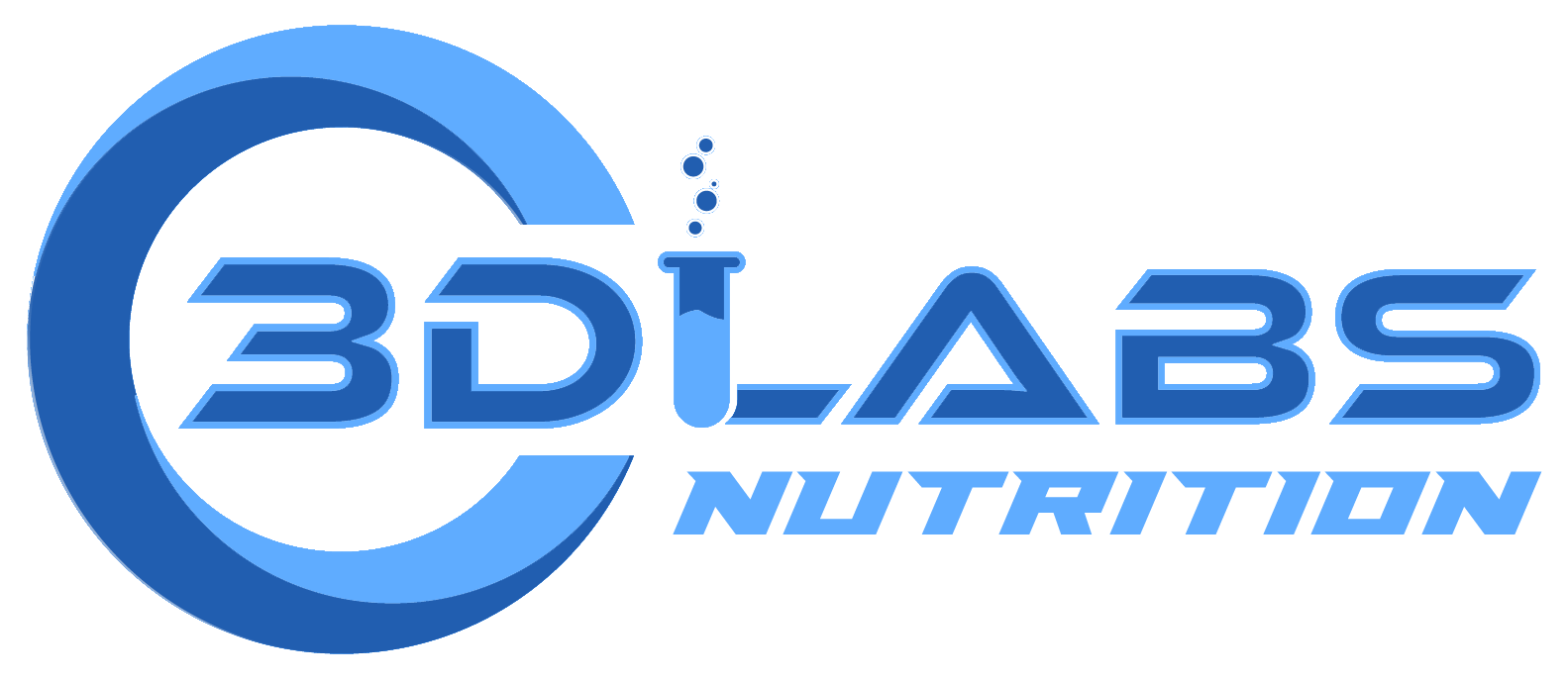

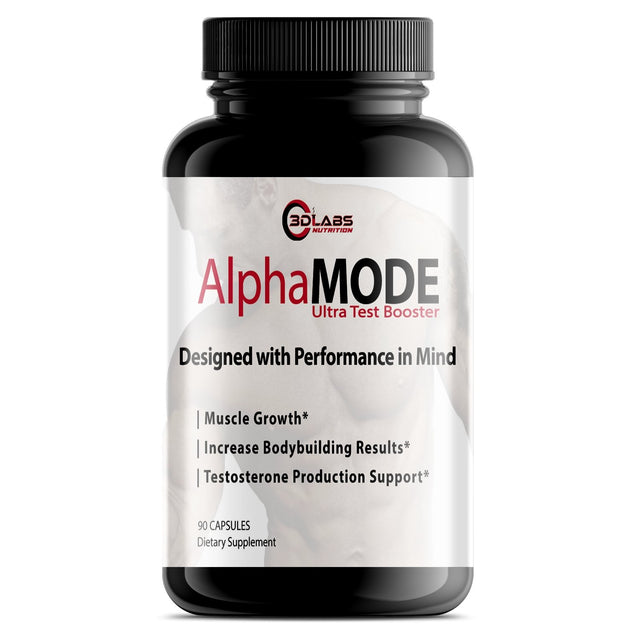
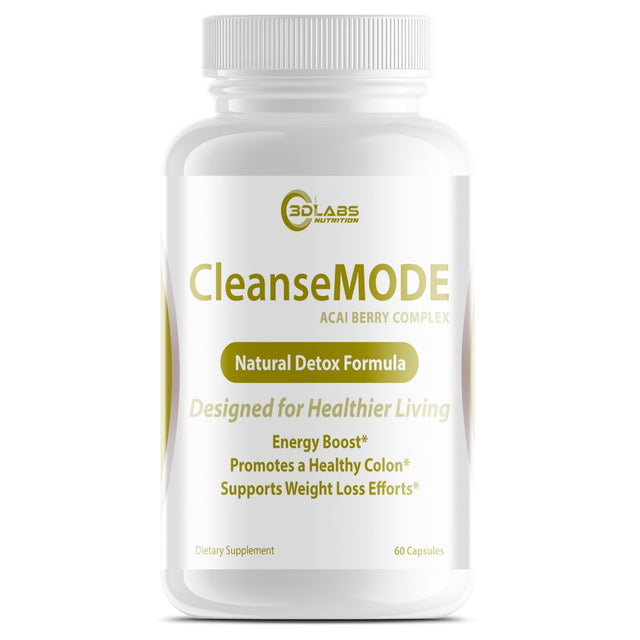
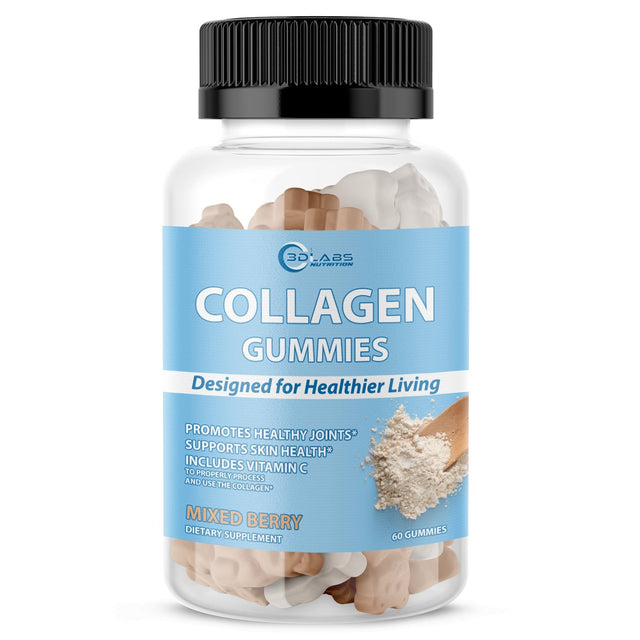
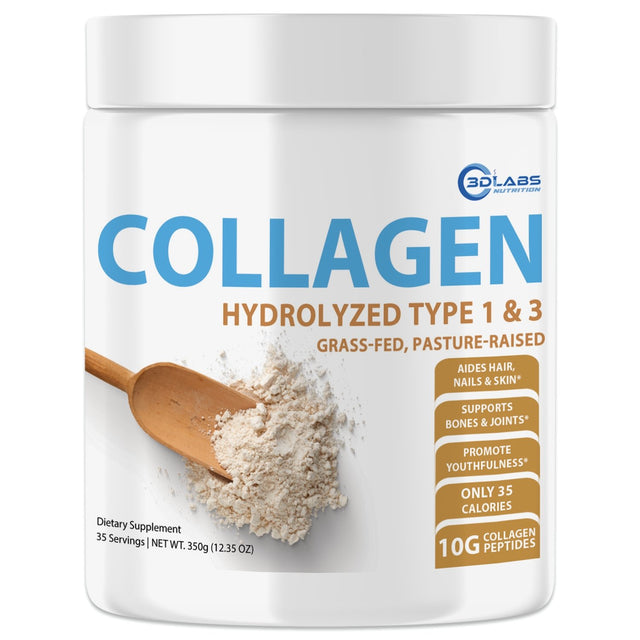
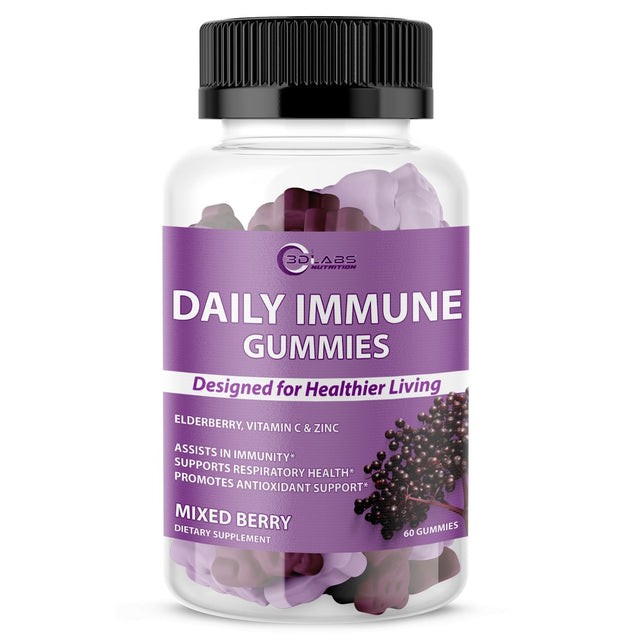
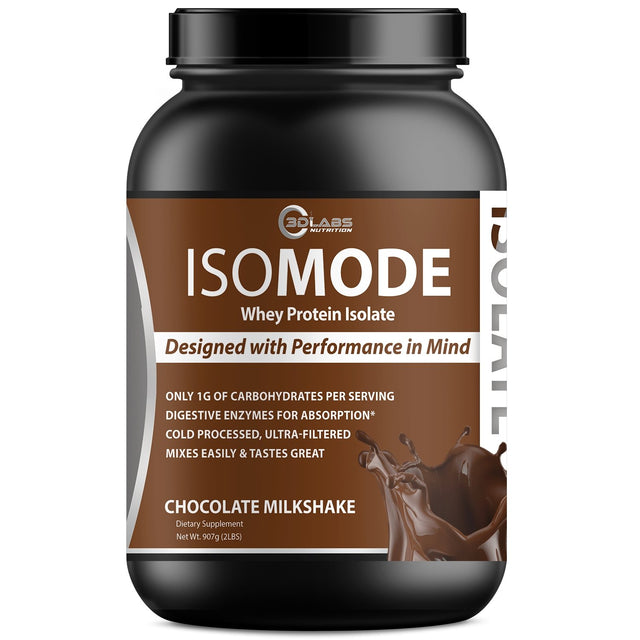
0 Comments
There are no comments for this article. Be the first one to leave a message!